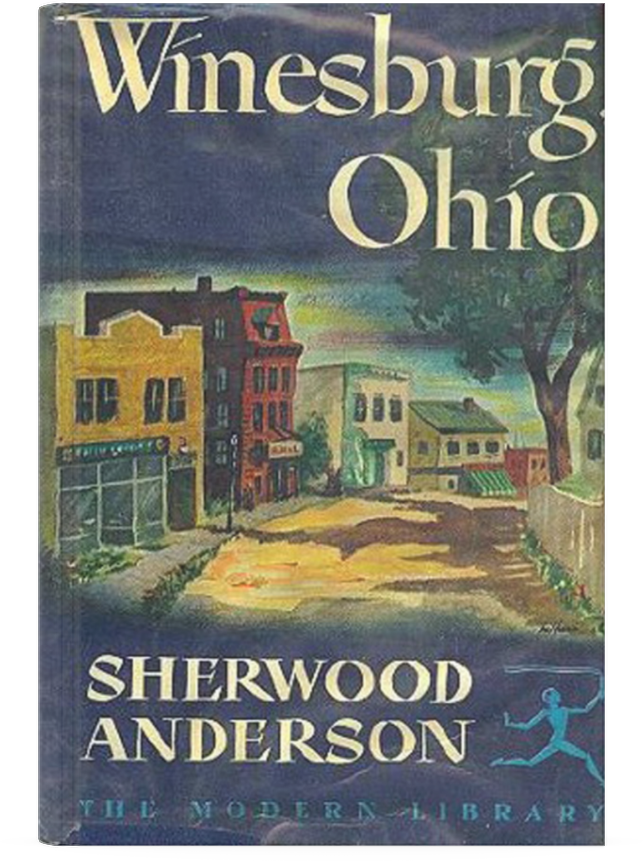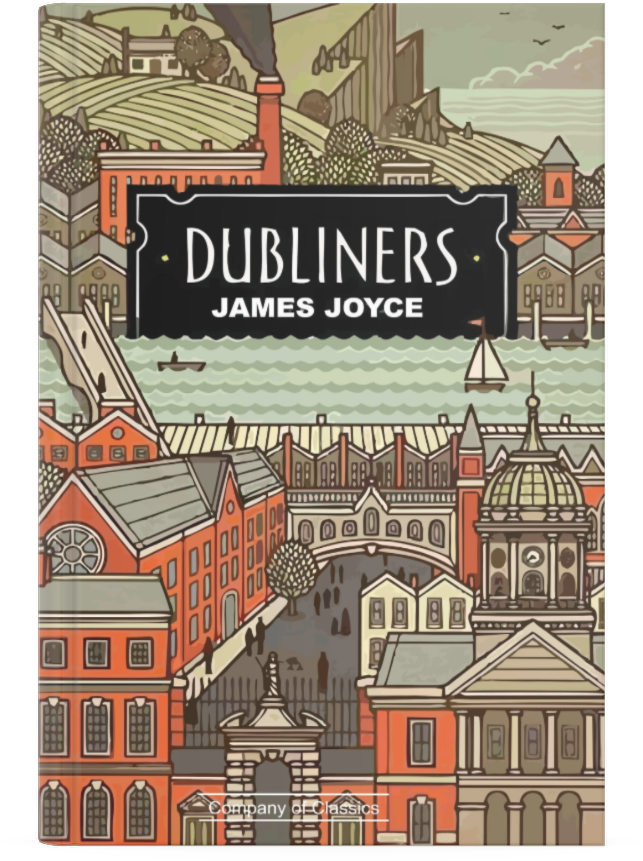What is a Novel-in-Stories?
Jul 13, 2023
Some authors prefer to craft short stories, while others lean towards long-form fiction. However, there’s also a third option— a book of multiple stories that can stand on their own, but are also part of a larger, novel-length narrative.
It’s a format called a novel-in-stories, and it’s a great option if you’d like to write a full-length novel but currently struggle with hitting the higher word counts. If this sounds interesting, keep reading to learn how you can craft your own unique novel-in-stories!
What is a novel-in-stories?
A novel-in-stories is a literary work that consists of a series of interconnected short stories or vignettes, often featuring overlapping characters, settings, or themes. Unlike a traditional novel, which typically has a single plot arc that unfolds over the course of the book, a novel-in-stories is more episodic in nature, with each story standing alone while also contributing to the overall arc of the book.
In a novel-in-stories, the individual stories may be linked by recurring characters, shared settings or themes, or a common narrative thread that runs throughout the book. The stories may be presented in a linear sequence or arranged thematically.
Here are a few examples:

Uncommon Type by Tom Hanks, which is a collection of 17 stories, each featuring a typewriter in some capacity. (Yes, Tom Hanks writes books too!)

Winesburg, Ohio by Sherwood Anderson is a short story collection built around the small fictional town of Winesburg, Ohio. Each of the 25 stories focuses on a different character, but all include the central protagonist George Willard, from the time he was a child to him becoming a young man.

Dubliners by James Joyce, which includes 15 stories that delve into the heart of Dublin, Ireland, the city of Joyce’s birth.
How to Write a Novel-In-Stories
So how do you go about writing a novel-in-stories? Many start out as a single short story and grow from there. If you have a short story, or maybe just an idea, you can start by choosing an element that will tie all the stories together.
Start with a Common Element
Here are some ideas to get you started:
A common character
You can build your novel-in-stories by following the same character. Since you’re not writing a traditional novel, you have some more freedom to explore the character from multiple perspectives. This can be done by having different stories from different POVs that somehow include the main character and show how they grow and change throughout the novel. Winesburg, Ohio is a good example of this, with George Willard as the common character.
A common setting
Like James Joyce did with Dubliners, you could use a common setting for your collection of stories. In this style of novel-in-series, the setting becomes almost like another POV character, where you get to see different times and different people through the eyes of the same place. With this method, you can keep the same setting across short periods of time (following different characters as they pass through the same place on a particular day for example), across longer stretches of time (such as city, building, or place that’s existed for many generations), or anything in between.
A single object
A novel-in-stories can also be centered around a single object. This can be the same object, perhaps something that gets passed relatively quickly from person to person (like a coin), or more slowly, like a piece of jewelry or art gets passed from generation to generation. You could also follow physically different objects that are of the same kind, like Hanks used the typewriters in Uncommon Type.
A unifying theme or concept
This method is a lot more flexible than the others, where your novel-in-stories is held together by a common theme that’s experienced across the different stories. This theme could be anything. In Olive Kitteridge, for example, Elizabeth Strout uses a novel-in-stories to explore the complexity of human relationships, the challenges of aging, and the search for meaning in life. In Wisenburg, Ohio, for example, Anderson explores themes of isolation and loneliness in addition to the common setting.
Build Your Novel-In-Stories
Once you have a common theme and some of your stories, you can start to shape your individual stories into a novel-in-series. Here are a few things to keep in mind when building your novel-in-series.
Write each story as if it's a standalone piece
While your stories will be linked together, each one should still be able to stand on its own as a complete narrative. Write each story as if it's a standalone piece, with a beginning, middle, and end. This includes establishing the setting, characters, and conflict at the beginning, developing the plot and characters in the middle, and resolving the conflict, and providing closure at the end. By creating a clear structure for each story, you can ensure that it feels complete and satisfying in its own right.
Develop your characters
Developing characters in a novel-in-stories can be a complex process, as the format typically involves multiple protagonists across multiple stories. While each story in a novel-in-stories can stand on its own, it's important that any recurring characters have a clear character arc that develops over the course of the book. Give your recurring characters depth and complexity, and consider how they will evolve over the course of the narrative.
Developing non-recurring characters is important as well. Since they’ll have a limited time on the page, it’s important that they get developed quickly to capture the reader's attention.
For all your characters, be sure to consider how each character's story intersects with the others. This can help to create a sense of interconnectedness and resonance between the stories, and can help to deepen our understanding of each character's motivations and experiences.
Create a timeline or structure
Be sure to think about the timeline or structure for your stories. James Joyce’s Dubliners follows the lives of various characters over the course of a single day. The stories are arranged in a linear sequence, with each story building on the previous one.
Sherwood Anderson’s Winesburg, Ohio follows the lives of various characters in chronological order, spanning several decades, from the late 1800s to the early 1900s.
Think about the order in which you want to present each story and how they will flow together. You could arrange them chronologically, thematically, or in some other way that makes sense for your story.
Also consider how each story builds on the one before it, and how the order of the stories affects the reader's experience of the book as a whole. You may want to experiment with different orders of the stories to find the one that creates the strongest sense of flow and continuity.
Pay attention to transitions
Transitioning between stories in a novel-in-stories can be a delicate process, as each story must stand alone yet flow seamlessly into the next in order to create a cohesive narrative. To create your transitions, you use your common characters, objects, settings, or themes to bridge the gap between one story and the next. Or you could include a transitional sentence or paragraph that connects the end of one story to the beginning of the next, using a shared image or object that appears in both stories (but not necessarily in all stories).
Ready to write a novel-in-stories?
Writing a novel-in-stories can be a unique and rewarding experience for authors, and can be a great bridge between writing shorter form to longer form fiction. By following these tips, you can create a novel-in-stories where each individual story is a complete and compelling piece in its own right, while also contributing to the overall narrative arc of the book.



